Did you know that over 70 Arleigh Burke-class destroyers now form the backbone of the US Navy, redefining surface fleet dominance for the 21st century? The story of these class destroyers is one of relentless innovation and adaptability. As the centerpiece of the US Navy's modern combat power, Arleigh Burke-class destroyers aren’t just ships; they’re floating fortresses designed for multi-domain warfare, from missile defense to anti-submarine operations. In this deep dive, we’ll explore the evolution, technology, and worldwide influence of the Arleigh Burke-class, so you can understand why they remain unmatched globally—and how they’re shaping naval power for generations to come.
Unveiling the Arleigh Burke-class Destroyers: A Modern Naval Icon
The Arleigh Burke-class destroyers have earned their reputation as one of the most significant assets in the US Navy, regularly leading carrier strike groups and safeguarding American interests worldwide. These missile destroyers marry innovation and sheer naval might, seamlessly integrating advanced combat systems with robust propulsion and stealth technology. In a world where maritime threats constantly evolve, the presence of more than 70 active Burke destroyers—such as the USS Arleigh Burke (DDG-51) and USS Thomas Hudner (DDG-116)—signifies ongoing US dominance at sea.
From their inception during the Cold War to their present incarnations patrolling international waters, these class destroyers set a high bar for global surface combatants. With contributions from historic builders like Bath Iron Works and Huntington Ingalls, each Arleigh Burke-class destroyer showcases the resilience and adaptability crucial for today’s complex missions. Whether intercepting ballistic missiles, supporting humanitarian efforts, or participating in multinational exercises, their presence underlines US commitment to a powerful, flexible navy.
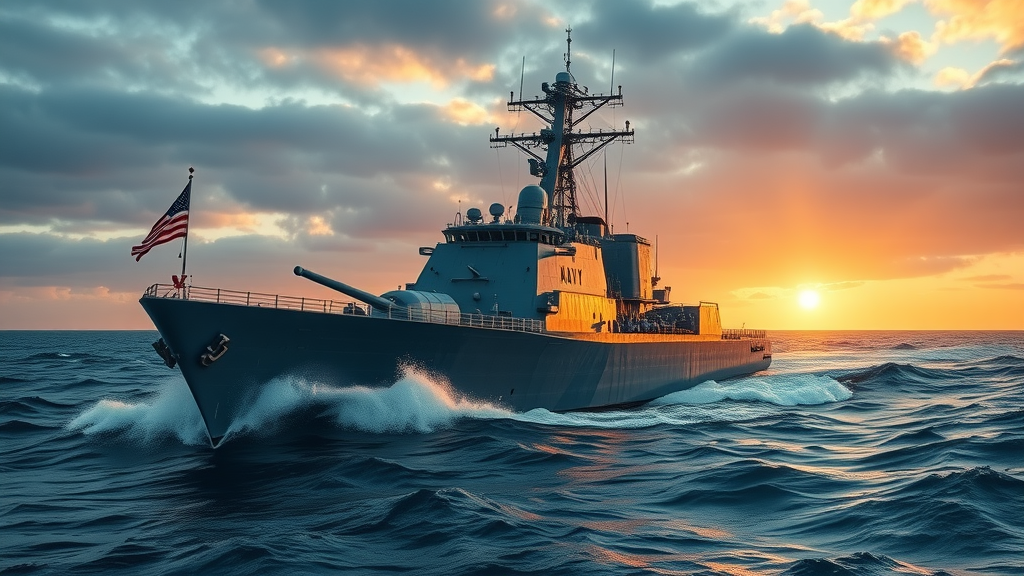
“Did you know that over 70 Arleigh Burke-class destroyers now form the backbone of the US Navy, redefining surface fleet dominance for the 21st century?”
What You'll Learn About Arleigh Burke-class Destroyers
The evolution and variants of Arleigh Burke-class destroyers
Combat and weapon systems that set these class destroyers apart
Production, features, and the builders, including Bath Iron Works
The role of Arleigh Burke-class destroyers in current naval strategy
How these ships compare against global competitors
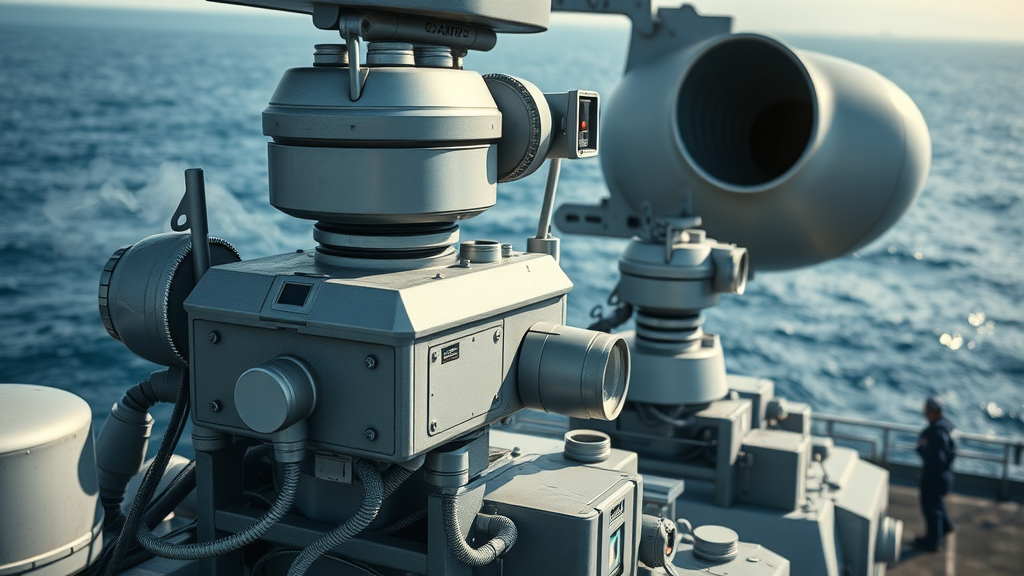
Understanding the Arleigh Burke-class destroyers' place in the broader context of naval engineering is easier when you consider how ship classifications have evolved over time. For a detailed look at the different types of naval vessels and their unique roles, you can explore the comprehensive overview of ship classifications and their significance in maritime operations.
Arleigh Burke-class Destroyers: Specifications & Features
The Arleigh Burke-class destroyers come in four primary variants—Flight I, Flight II, Flight IIA, and Flight III—each representing significant strides in design, capability, and mission adaptability. These models differ in size, sensors, weapon systems, and deck configurations. Below, we've detailed their specifications to show their progression and power:
Model |
Displacement |
Length |
Commissioned |
Builder |
|---|---|---|---|---|
Flight I |
8,315 tons |
505 ft |
1991-1997 |
Bath Iron Works, Ingalls |
Flight II |
8,900 tons |
505 ft |
1997-2000 |
Bath Iron Works, Ingalls |
Flight IIA |
9,200 tons |
509 ft |
2000-2012 |
Bath Iron Works, Ingalls |
Flight III |
9,700+ tons |
513 ft |
2023-present |
Bath Iron Works |
Each Burke-class destroyer model features state-of-the-art gas turbine propulsion, advanced radar arrays, and the now-renowned Vertical Launch System (VLS) for guided missiles. With each new Flight, the ships gain increased capability for air defense, anti-submarine warfare, and networked operations. The Flight III variant, in particular, pushes the boundaries with enhanced Aegis Combat System and increased power generation, setting the standard for what a future-proof surface combatant should look like.
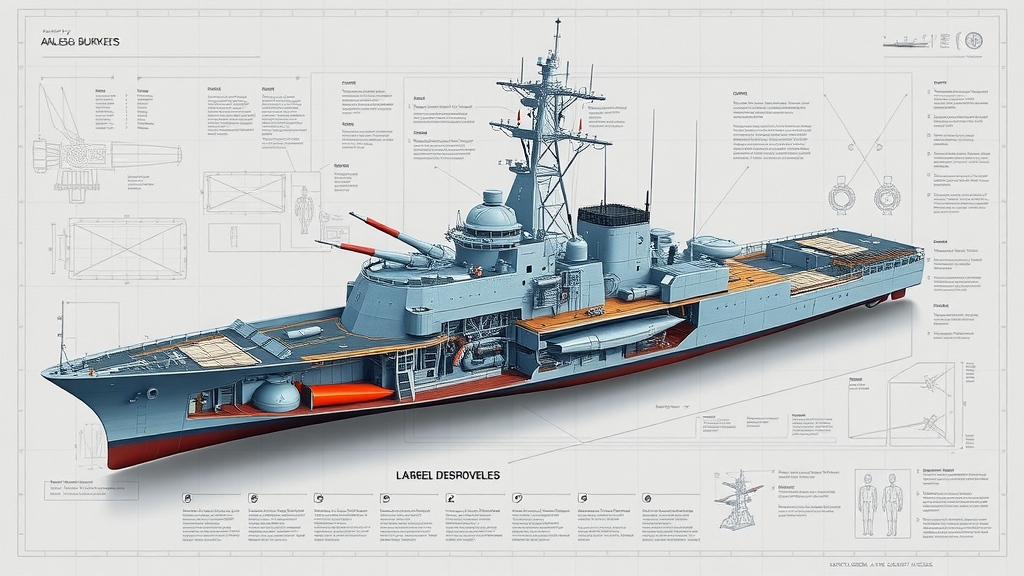
Bath Iron Works & the Legacy of Burke Class Shipbuilding
The Role of Bath Iron Works in Arleigh Burke-class Destroyers Production
Bath Iron Works stands as a pillar in the production story of Arleigh Burke-class destroyers. This Maine-based shipyard, alongside Huntington Ingalls, has delivered the bulk of these iconic ships for decades. Their expertise in assembling complex hull sections, integrating stealthy superstructures, and improving hull survivability is central to the ongoing legacy of the Burke class. The partnership with the US Navy has enabled continuous delivery and innovation, critical for the ever-evolving needs of modern naval warfare. Shipbuilders at Bath Iron Works merge craftsmanship and digital shipbuilding to meet stringent performance and reliability standards, ensuring each destroyer is combat-ready from keel to mast.
The relentless work at Bath Iron Works is visible in the details and robust build quality of every vessel. The yard’s contributions are not limited to construction; ongoing maintenance, system upgrades, and innovation in material science keep the Arleigh Burke-class relevant, durable, and adaptable long after commissioning. This dedication ensures each ship can undertake high-stress roles in strike groups for years beyond their planned service life.
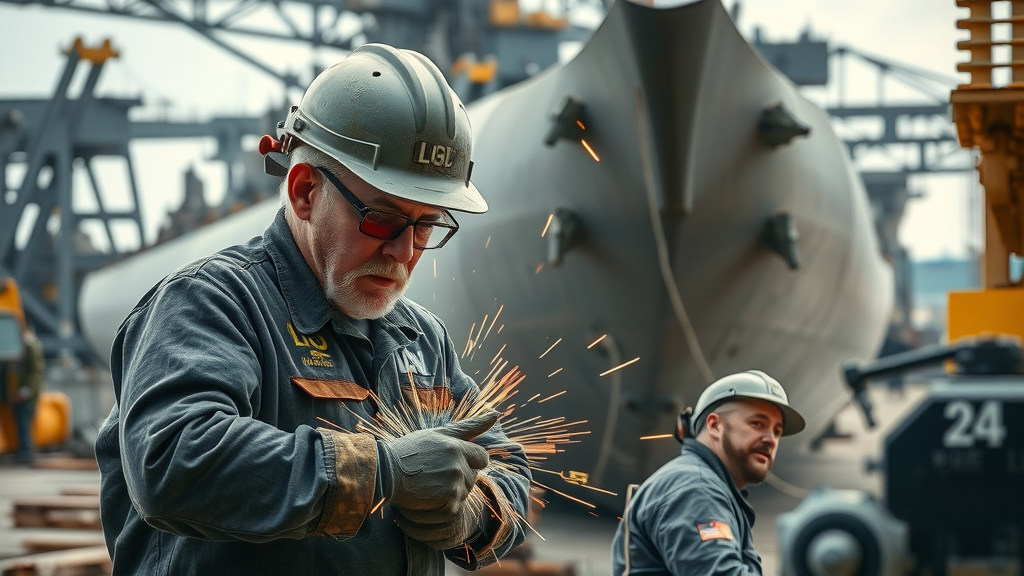
Iron Works Innovations: Advancing the Class Destroyer
Bath Iron Works and Huntington Ingalls have pioneered several innovations, transforming each Arleigh Burke-class destroyer into a modern marvel of engineering. The shift toward modular construction, advanced surface coating for radar evasion, and upgradable electronic warfare suites march these ships into the new era of networked naval warfare. Integration of the latest combat systems and improved hull form (for reduced acoustic signature) has strengthened their stealth profile and survivability in contested environments.
Recent Flight III destroyers boast improved electrical power management, digital C4ISR upgrades, and space reserved for directed energy and next-gen weapons. These advances show that the legacy of Bath Iron Works is more than tradition—it’s about leading-edge technology and forward-thinking design, keeping the Arleigh Burke-class destroyer at the heart of US tactical strategy.
The Evolution: Flight I, Flight II, Flight IIA, and Flight III Arleigh Burke-class Destroyers
Flight I: Pioneering the Modern Class Destroyer
Commissioned between 1991 and 1997, Flight I Arleigh Burke-class destroyers introduced the world to the Aegis-equipped, multi-mission guided missile destroyer. Designed to counter Soviet threats, these ships included revolutionary survivability features: all-steel construction, shock-resistant bulkheads, and redundancy in propulsion and combat system spaces. The USS Arleigh Burke (DDG-51) set the template—balancing power, protection, and flexibility in a package that continues to influence surface combatant design worldwide.
Flight I destroyers laid the groundwork for vertical launch missile capability and enhanced anti-air warfare roles, making them formidable core elements of carrier strike groups. The original class destroyers have since received periodic upgrades, ensuring their relevance in today’s Navy.
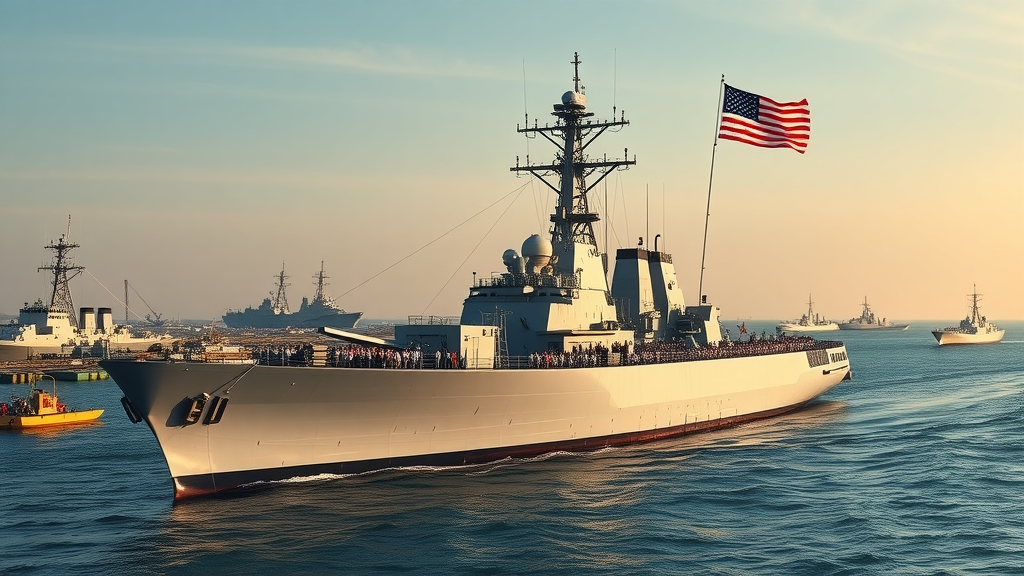
Flight II and IIA: Enhanced Capabilities in Arleigh Burke-class Destroyers
Flight II (1997–2000) and Flight IIA (2000–2012) variants marked a leap in technology, with Flight II adding improved radar and communications, and Flight IIA delivering major structural and operational enhancements. Flight IIA ships introduced helicopter hangars, opening new anti-submarine and special operations roles. Each iteration saw upgrades to the Aegis Combat System, an expanded array of missiles in the VLS, and better onboard living conditions. These features made Flight II and IIA ships the centerpiece of expeditionary and air defense missions for nearly two decades.
Today’s Navy entrusts vital tasks—ballistic missile defense, area air defense, anti-submarine and surface engagements—to these advanced destroyers, fueling both US and NATO operations. Their ability to operate seamlessly in joint and allied formations speaks to their versatile design. The legacy of Michael Murphy and other newer vessels highlights the enduring value of continuous technological advancement at the deckplate level.
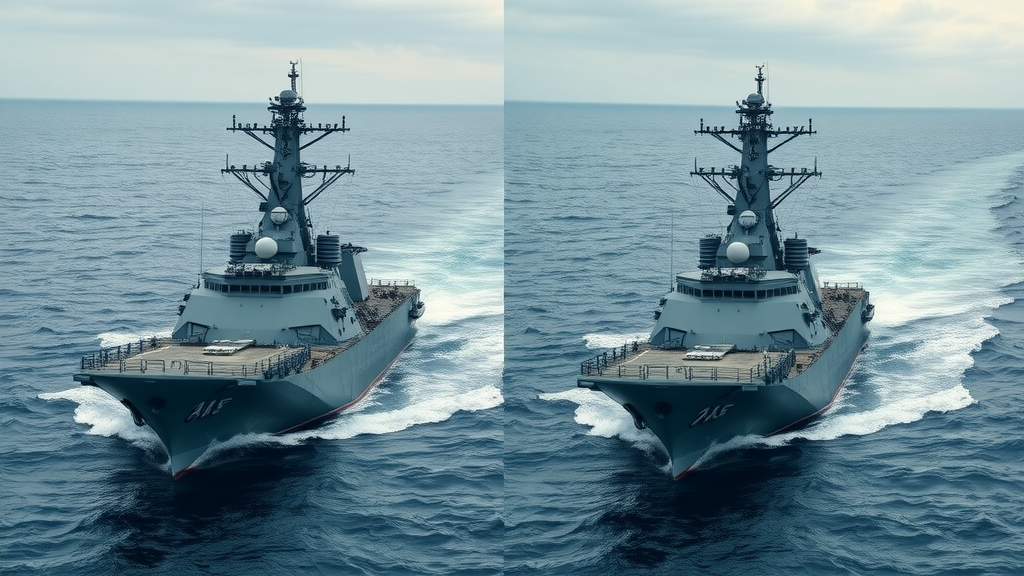
Flight III: The Future of U.S. Navy Class Destroyers
Launched in 2023, Flight III Arleigh Burke-class destroyers epitomize the Navy’s future warfighting approach, integrating the state-of-the-art SPY-6 Air and Missile Defense Radar, greater electrical capacity, and improved survivability. These warships are primed for hypersonic missile threats and cyber-physical challenges, bringing next-generation networking and sensor fusion to the surface fleet. The larger hull form accommodates power-hungry weapons, laying foundational groundwork for eventual laser and electromagnetic railgun installations.
Early operational feedback suggests Flight III destroyers—like the USS Jack H. Lucas (DDG-125)—are outperforming expectations, setting a new benchmark for multi-mission surface combatants. The Navy’s continued investment in Flight III and planned upgrades underscores the class’s global standing: no surface combatant today combines size, stealth, and combat capability at this scale.
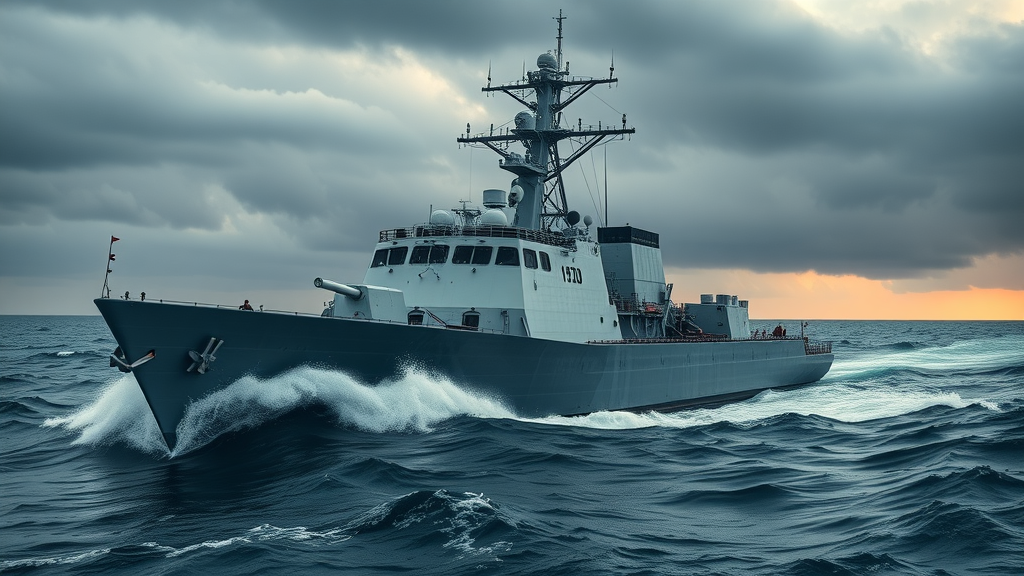
Combat System & Weapon System: The Heart of Arleigh Burke-class Destroyers
Aegis Combat System: Technological Edge for Class Destroyers
At their core, Arleigh Burke-class destroyers possess the legendary Aegis Combat System, a revolutionary battle management suite linking guided missile assets, ship sensors, and fire control radars in real time. The Aegis system transforms these class destroyers into nerve centers of a strike group, capable of detecting and neutralizing ballistic missile, cruise missile, aircraft, and surface threats. Continuous hardware/software updates allow these ships to outpace adversaries' evolving threats.
A key advantage is the open architecture of Aegis, enabling integration with allied ships and shore facilities. This networked warfare capability allows coordinated defense with carrier strike groups—building a virtual shield over vital areas worldwide and ensuring the U.S. maintains its edge over any global competitor.
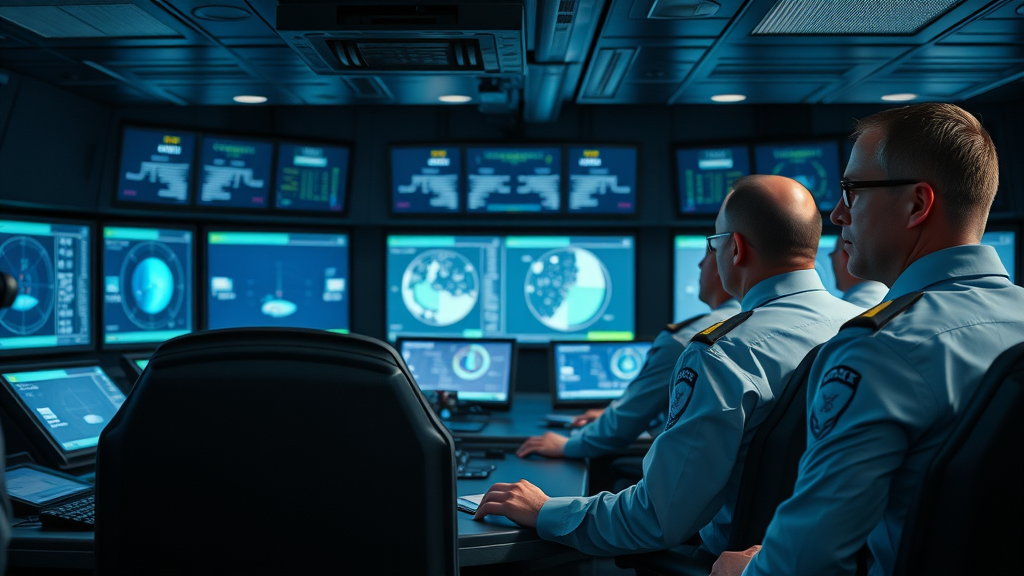
Missile Systems, Anti-Air, and Anti-Submarine Warfare in Arleigh Burke-class
Arleigh Burke-class destroyers are equipped with a vast suite of offensive and defensive weaponry. Their Vertical Launch System cells hold Tomahawk cruise missiles, Standard Missiles (SM-2/SM-3/SM-6), Evolved Sea Sparrow Missiles (ESSM), and ASROC anti-submarine rockets. These missile systems provide capabilities for area air defense, theater ballistic missile defense, and long-range surface strike.
For close-in engagements, they feature a combination of 5-inch naval guns, triple torpedo tubes, CIWS (Close-In Weapon System), and Mk 38 machine gun mounts. Advanced sonar, towed array systems, and embarked helicopters round out their formidable anti-submarine suite, making them versatile in every operational theater—a true “Swiss army knife” of the US Navy.
Weapon System Upgrades: Keeping the Arleigh Burke Competitive
To counter new and complex threats, ongoing upgrades focus on electronic warfare, hypersonic countermeasures, and energy weapons integration. The latest Flight III ships gain improvements in power distribution and cooling, supporting future weapon system installations such as lasers and high-powered microwave defenses. Open-architecture combat systems allow software-defined upgrades, preserving the relevance of both legacy ships and new constructions in the face of rapid technological change.
This continuous enhancement ensures every Arleigh Burke-class destroyer is not just a frontline asset today but remains a competitive force—outpacing adversary missile destroyers and setting the global standard for surface combatants.
Performance, Endurance, and Operational Readiness
Top speed and maneuverability: Burke destroyers reach speeds exceeding 30 knots, thanks to a potent gas turbine propulsion array. This speed offers tactical flexibility, allowing rapid repositioning during critical missions.
Range and endurance for global presence: Each destroyer is capable of transoceanic voyages without refueling, boasting a range of 4,400 nautical miles at 20 knots, making them the backbone of U.S. global naval presence.
Crew efficiency and onboard life improvements: State-of-the-art living quarters, medical facilities, and digital workspaces boost crew morale, efficiency, and readiness during months-long deployments.
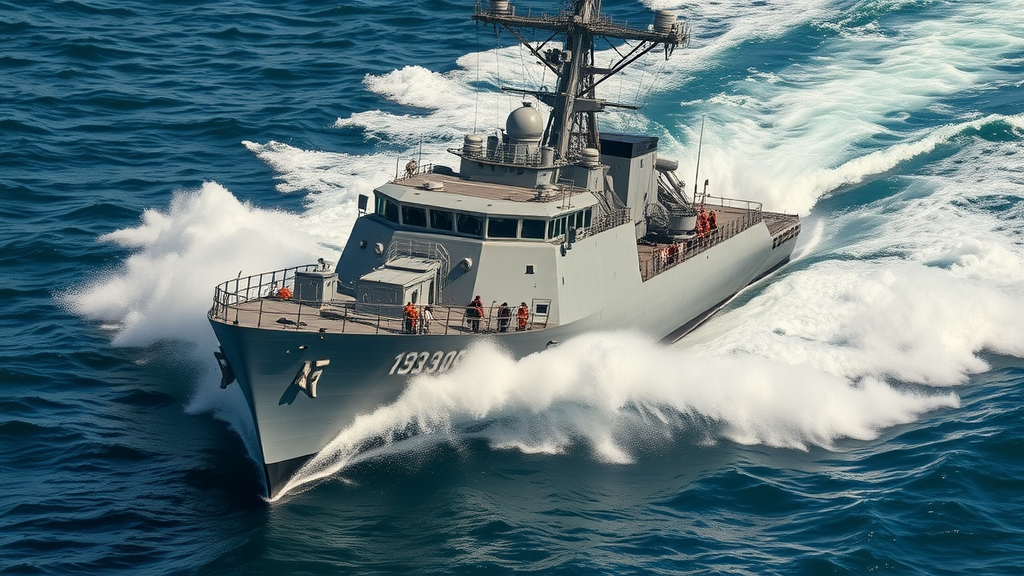
Deployment and Missions: Where Are Arleigh Burke-class Destroyers Now?
“Arleigh Burke-class destroyers define the US Navy’s ability to project power anywhere in the world.” — Naval Analyst
Major deployments of Arleigh Burke-class destroyers: These destroyers operate everywhere from the Western Pacific to the Mediterranean Sea, as front-line members of forward-deployed fleets and carrier strike groups. Ships like the USS Michael Murphy patrol the Asia-Pacific, while others safeguard European allies.
Key missions and roles in global hotspots: Responsibilities include missile defense for allies, freedom of navigation operations in contested waters, anti-piracy patrols, humanitarian relief, and rapid crisis response.
Allied operations and international exercises: Regular participation in large-scale exercises with Japan, NATO, Australia, and other partners cements these ships’ reputation as reliable, interoperable assets for collective security.
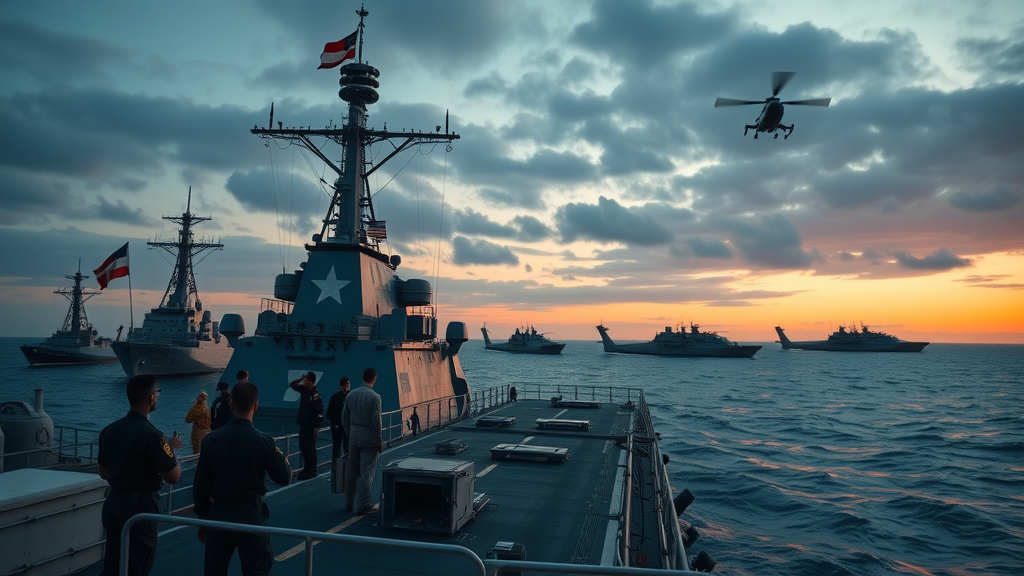
Arleigh Burke-class Destroyers in Comparison: Global Standing
Comparison with other US Navy destroyers: The Burke class remains more reliable and versatile than Zumwalt-class “stealth” destroyers, with greater global deployment and proven systems.
Arleigh Burke-class vs. allied and adversary designs: Compared to Japan’s Kongo-class, South Korea’s Sejong the Great-class, and China’s Type 052D destroyers, the Arleigh Burke-class holds the global edge in electronic warfare, missile capacity, and fleet integration.
The future of the class destroyer in international context: Ongoing upgrades and new construction ensure the Burke class will remain the dominant multi-mission surface combatant through the 2030s and beyond, influencing allied acquisition and adversary design alike.
People Also Ask: Arleigh Burke-class Destroyers Answers
How many Arleigh Burke-class destroyers are there?
As of 2024, over 70 Arleigh Burke-class destroyers have been commissioned in the US Navy, with more in various stages of construction and planning. These ships are distributed among fleets worldwide for both combat and support roles.
What is replacing the Arleigh Burke class destroyer?
The US Navy plans to gradually introduce the DDG(X) or next-generation destroyer program, intended to eventually replace the Arleigh Burke-class destroyers. However, due to reliability, upgrades, and performance, Burke-class destroyers will remain operational for years.
Are Arleigh Burke-class destroyers the most powerful?
Arleigh Burke-class destroyers are considered among the most powerful and technologically advanced surface combatants globally, especially in Aegis air-defense and multi-mission capabilities.
What is the best destroyer in the US Navy?
Experts and naval strategists widely regard the latest Flight III Arleigh Burke-class destroyers as the premier destroyers in the US Navy fleet due to modern sensors, weaponry, and adaptability.
Arleigh Burke-class Destroyers: Reviews and User Experiences
“Our Arleigh Burke-class destroyer has operated in some of the world's most challenging waters, and its reliability is second to none.” — US Navy Commanding Officer
Crew testimonials about operational performance: Sailors highlight the ship’s resilience during rough seas, advanced damage control features, and how well the propulsion and combat systems perform during extended missions.
Review highlights from military analysts: Experts consistently rank the Burke class highest for sustainable firepower, all-weather operation, and adaptability to modern warfare threats.
End-user satisfaction and upgrade reports: Feedback from both crew and leadership note high satisfaction with recent upgrades, especially with digital workspace improvements and reduced workload due to automated monitoring systems.
Key Takeaways: Why Arleigh Burke-class Destroyers Lead the Fleet
Versatility across missions and theaters
Unmatched technological upgrades and weapon systems
Continued investment in Arleigh Burke-class destroyers proving US Navy confidence
Frequently Asked Questions on Arleigh Burke-class Destroyers
How long can an Arleigh Burke-class destroyer stay at sea? With robust gas turbine propulsion and support systems, these ships can deploy for up to six months at a time, regularly refueling and restocking at sea as part of a carrier strike group or independently.
What is unique about the Aegis Combat System? The Aegis system’s real-time battle management, networked sensor fusion, and capacity to integrate with allied defenses make it the gold standard for modern naval warfare.
How do Bath Iron Works and Huntington Ingalls contribute? Both shipyards drive innovation in production techniques, quality control, and post-delivery upgrades, ensuring the longevity and technological edge of each destroyer.
Summing Up the Arleigh Burke-class Destroyers Power and Value
The Arleigh Burke-class destroyers are the trusted backbone of America’s surface fleet—combining innovation, versatility, and global reach unmatched by any peer.
Explore leading-edge naval power—see more and get involved at: https://gulfcoasttech.net/
Arleigh Burke-class destroyers remain unmatched in power, technological sophistication, and real-world impact. Their continued evolution ensures U.S. naval dominance and global security now and into the future.
If you’re fascinated by the evolution and enduring impact of the Arleigh Burke-class, you’ll appreciate a deeper dive into the broader tapestry of American naval history. Discover how pivotal moments, technological leaps, and legendary shipbuilders have shaped the U.S. Navy’s legacy by exploring the Naval History & Heritage Command’s curated insights. This resource offers a strategic perspective on the traditions and innovations that continue to influence today’s fleet, providing context and inspiration for anyone interested in maritime power and its future.
This video explained why the Arleigh Burke-class destroyers are the most powerful in the world. How Does the Navy's Strongest Ship Work? Please enjoy.
Sources
The Arleigh Burke-class destroyers are a cornerstone of the U.S. Navy’s surface fleet, renowned for their advanced capabilities and versatility. For a comprehensive overview of these vessels, including their design, armament, and operational history, you can refer to the detailed article on the Arleigh Burke-class destroyer. Additionally, a complete list of all ships in this class, along with their commissioning dates and statuses, is available in the List of Arleigh Burke-class destroyers. These resources provide in-depth information for those interested in the specifics of these formidable warships.
 Add Row
Add Row  Add
Add 


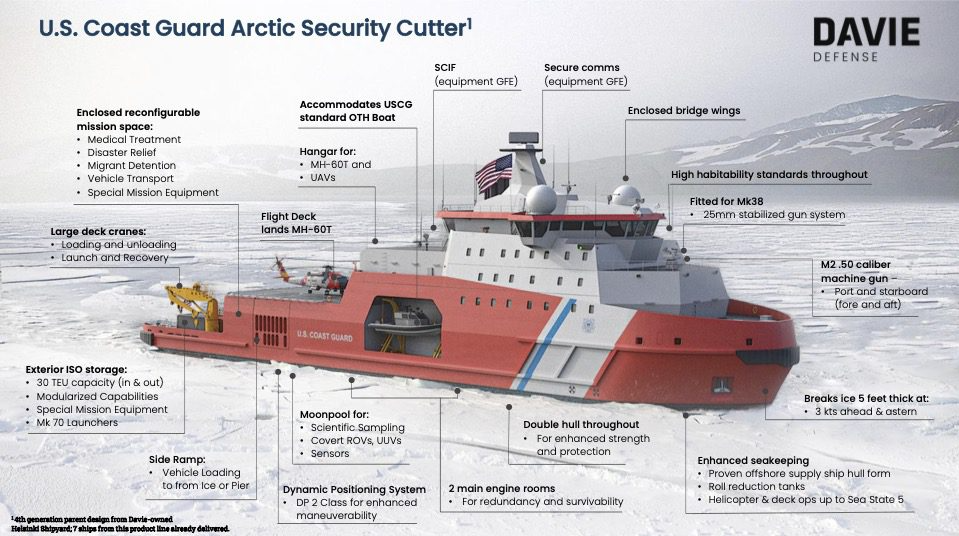
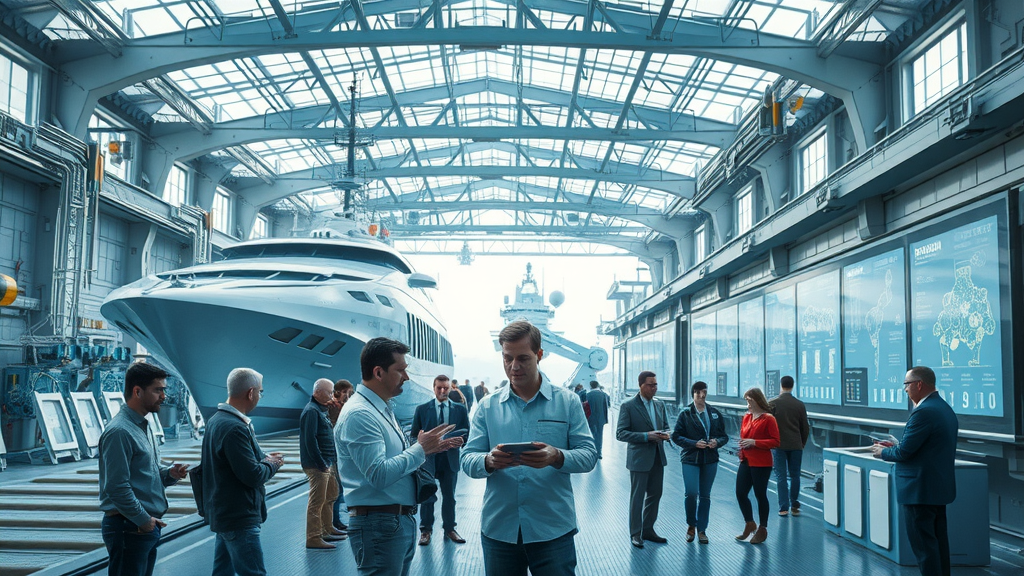
Write A Comment